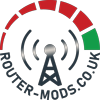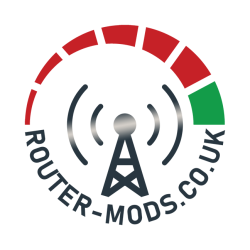Modification Info
Modifying your router helps in many ways with the main goal of achieving best possible performance and reliability, regardless of the environment.
Below touches upon how a modified router can help you.
Signal
Signal is one of the most important factors that determines the stability and performance of 3G/4G/5G connections. Better signal results in higher throughput and connection stability.
Routers are reliant on their internal antennas for a signal. However, routers are normally placed inside at a low level and behind solid objects, such as walls, doors, windows and neighbouring buildings. These objects play a big part in blocking and reducing the signal to the router.
Using a modified router allows you to use and install external antennas to overcome these restrictions. Allowing you to achieve the best signal for your connection.
Some routers have factory external antennas inputs, this is explained below.
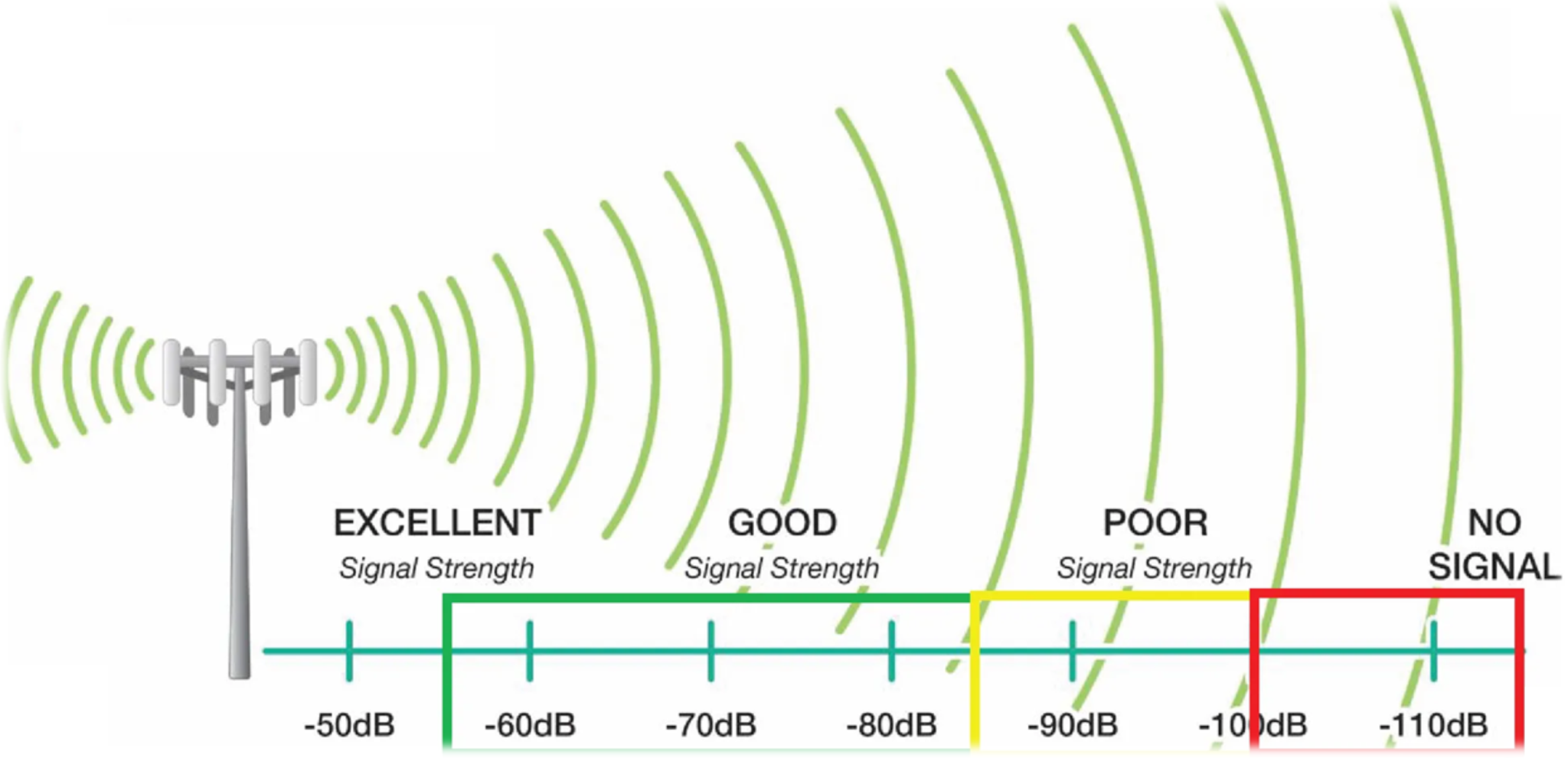
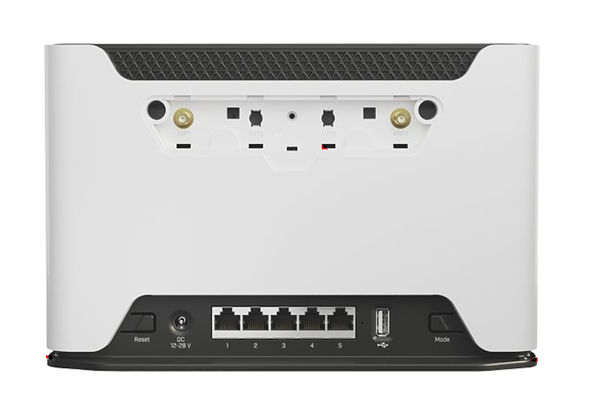
4G Router Factory Antenna Ports
Many routers come with factory antenna ports, allowing the attachment of a 2×2 external antenna. Many routers also specify they have 4×4 MIMO technology (4 Internal antennas). This is great right? Wrong!
It is great that some manufacturers offer external antennas, but by using these connections it downgrades the router capabilities, performance and throughput.
let us explain why this is. . . . .
Whilst using four internal antennas and receiving weak signal, the router will be utilising 4×4 MIMO and CA (Carrier Aggregation) performance increases. When using factory external antenna ports, the internal antennas are disabled. When using factory ports, the routers capability and performance is reduced to 2×2 MIMO with limited CA, despite receiving better signal.
This is where the modification comes in, as it exposes all of the internal antenna connections. This allows you to take advantage of the routers full potential using external antennas achieving the best possible signal and throughput.
5G Router Factory Antenna Ports
Taking into consideration the “4G Factory Antenna Outputs” as above, this still applies to 5G routers too. Things are a little different for 5G routers and their factory antenna ports.
Unlike 4G routers, factory antenna ports on 5G routers are for 5G only, they do not work for 4G. Many people buy antennas with the hope of using these antenna ports for 4G and see no difference in signal or throughput.
5G NSA uses the backbone of the 4G infrastructure, this means that 5G can not work without 4G. Both 5G and 4G are then used in parallel to produce the overall throughput. 4G connection must also connect to a 4G ENDC uplink mast (not all masts have this). What does this mean?
Well as 5G is reliant on 4G, this means although you may have attached a 5G antenna to the factory outputs, the router is still reliant on the internal 4G antennas for the connection and initiation of 5G. If your router is receiving low 4G signal or not connecting to the 4G ENDC uplink mast, no 5G instruction will be sent to the router to initiate the 5G connection.
Low 4G or 5G signal is the cause of unstable and unusable 5G connection hence the routers dropping their 5G connection.
Router modification helps rectify these issues by allowing you to attach multiple external antennas to both 4G and 5G ports granting you access to a stable 5G connection. In many situations even achieving 5G when your technically outside of a network’s coverage area.
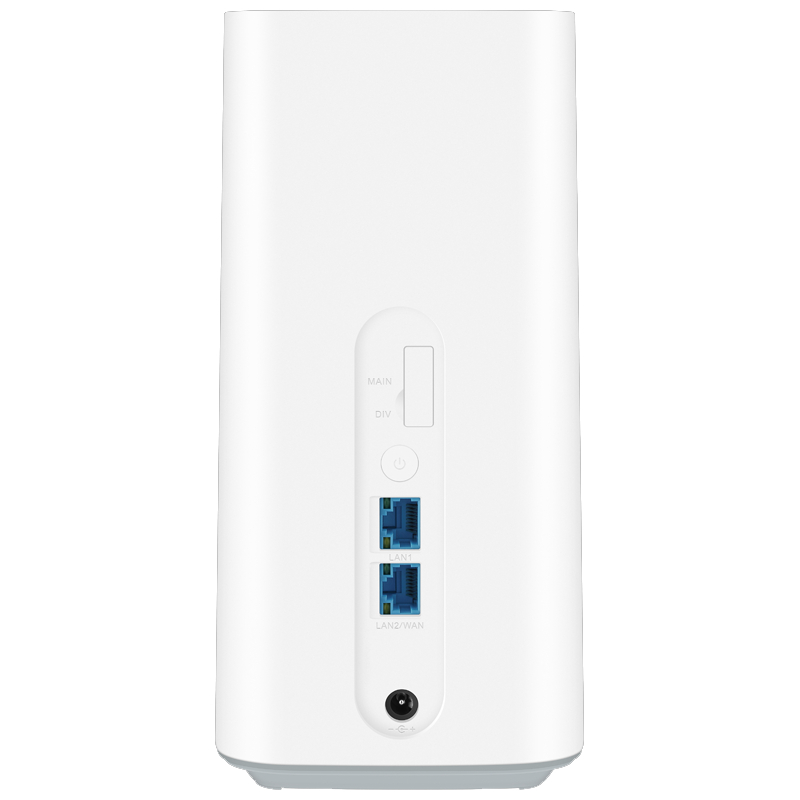
Increased Signal
Adding external antennas to a modified router improves the signal VS the standard internal antennas allowing for better dBi signal gains.
Increased Speed
Do we all not want faster internet? Adding external antennas to a router increases signal. Better signal increases upload and download speeds.
Increase Reliability
Suffering from dropouts, poor latency and slow load times? Using external antennas on a modified router increases signal. This reduces drop-outs while improving speed, latency, reliability.

4×4 MIMO
MIMO (multiple input, multiple output) is an antenna technology for wireless communications in which multiple antennas are used at both the source (transmitter) and the destination (receiver). The antennas at each end of the communications circuit are combined to minimize errors, optimize data speed and improve the capacity of radio transmissions by enabling data to travel over many signal paths at the same time.

CA-Carrier Aggregation
Using external antennas you can take advantage of Carrier Aggregation.
LTE Advanced Carrier Aggregation, CA, is one of the key techniques used to enable the very high data rates of 4G to be achieved.
By combining more than one carrier together, either in the same or different bands it is possible to increase the bandwidth available and in this way increase the capacity of the link.
Your wait is over, get ready to modify!
We hope this information has been insightful and provided you with enough information. If you do have any further questions please take a look in our FAQ section for answers to some of our commonly asked questions.
Router-Mods offer a modification services, check out our shop where you can purchase Pre-Modified Router’s, Un-Modified Router’s, Antennas and much much more.
